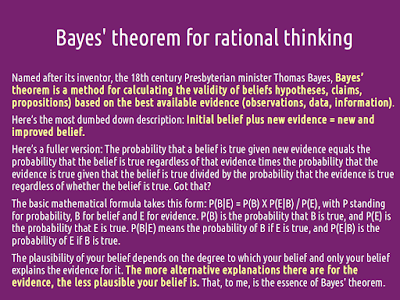Experimental manipulation after tests using eSALT feedback from students
Personalized pre and post test need to be conducted in the following manner with experimental manipulation:
While giving questions, each student needs to be asked for how easy or difficult the questions are.

2) Safe (S)
3) Average (A)
4) Low (L)
5) Trouble (T)
Also, some specific feedback that students want to comment on the question while answering. (e.g. Mistakes in questions, concept not taught in the class, or not understood, unable to recall or don't know the answers or specific part of answers like formula or for example atomic number of element, unable to understand the question)
Teachers curation
1) Students making mistakes with Questions tagged Easy, Safe, Average comes under misconceptions which need to be dealt with. It can also be due to silly mistakes, if the mistakes are repetitive, it must be addressed.
2) Concepts of questions that are tagged with Low and Trouble (it doesn't matter whether student solved it correctly or not) should be explained again to the student. If a student has solved correctly even after tagging it as Low or Trouble than the student need be asked for the cause of trouble along with solving the trouble.
3) Written specific short correction and feedback should also be marked in the answer script (Can be done after scanning of answer script, and using annotating tools of softwares such as okular, shutter) . Motivational or subjective feedbacks (e.g. work more on this topic) should be verbal instead of written.
Explaining and clearing doubts can be done in groups in the class as well as in individual level. Grouping can be done based on the overall type of feedback you get from all students.
Spaced Practice
All questions from Average, Low, Trouble, and questions of Easy and Safe that were solved incorrectly by students should be noted down and equivalent questions need to be prepared for spaced practice.
About 30% of equivalent questions from Easy and 50% of equivalent questions from Safe that are solved correctly by the student should also be included in spaced practice.
These tests should be usually of low stakes without grading and purpose of exam should be retrieval practice and understand student better so that corrective measures can be taken.
Personalized learning goals: New information is built over reusing of previous information
While giving questions, each student needs to be asked for how easy or difficult the questions are.

Student Feedback for Questions Ease (eSALT):
1) Easy (E)2) Safe (S)
3) Average (A)
4) Low (L)
5) Trouble (T)
Also, some specific feedback that students want to comment on the question while answering. (e.g. Mistakes in questions, concept not taught in the class, or not understood, unable to recall or don't know the answers or specific part of answers like formula or for example atomic number of element, unable to understand the question)
Teachers curation
1) Students making mistakes with Questions tagged Easy, Safe, Average comes under misconceptions which need to be dealt with. It can also be due to silly mistakes, if the mistakes are repetitive, it must be addressed.
2) Concepts of questions that are tagged with Low and Trouble (it doesn't matter whether student solved it correctly or not) should be explained again to the student. If a student has solved correctly even after tagging it as Low or Trouble than the student need be asked for the cause of trouble along with solving the trouble.
3) Written specific short correction and feedback should also be marked in the answer script (Can be done after scanning of answer script, and using annotating tools of softwares such as okular, shutter) . Motivational or subjective feedbacks (e.g. work more on this topic) should be verbal instead of written.
Explaining and clearing doubts can be done in groups in the class as well as in individual level. Grouping can be done based on the overall type of feedback you get from all students.
Spaced Practice
All questions from Average, Low, Trouble, and questions of Easy and Safe that were solved incorrectly by students should be noted down and equivalent questions need to be prepared for spaced practice.
About 30% of equivalent questions from Easy and 50% of equivalent questions from Safe that are solved correctly by the student should also be included in spaced practice.
pretest and posttest should run in a chain that checks the improvement.
Personalized learning goals: New information is built over reusing of previous information








Comments